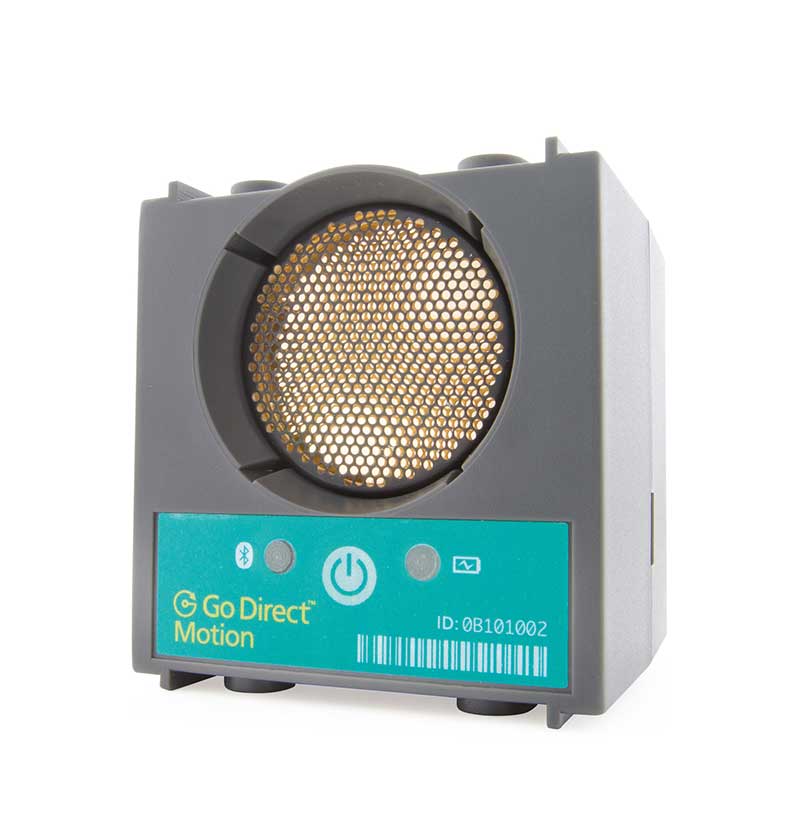Generally, calibrations are not required; therefore, most motion detectors don’t support calibration.
Calibrate a Go Direct Motion Detector
Only the Go Direct Motion Detector can be calibrated. A one-point calibration, based on a measured distance, is applied. The new calibration is stored on the sensor.
- Graphical Analysis/Graphical Analysis Pro—Click or tap the sensor meter and choose Calibrate.
- LabQuest App—Click or tap the sensor meter and choose Calibrate. (LabQuest 2 and LabQuest 3 only.)
- Logger Pro—This sensor is not supported in Logger Pro.
- DataQuest App—This sensor cannot be calibrated using the DataQuest.
- EasyData—This sensor is not supported in EasyData.

